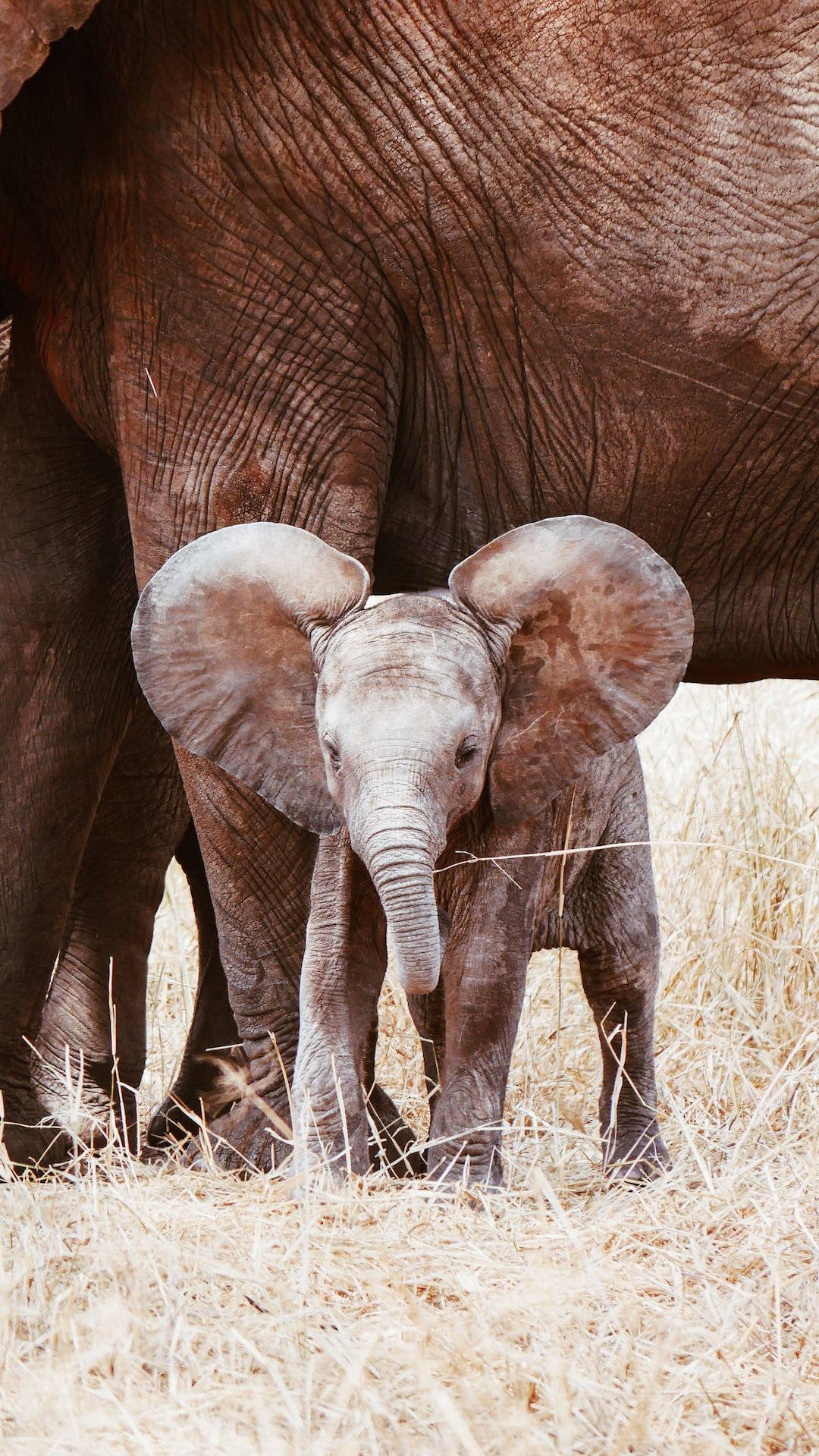Unveiling the Intriguing World of Animal Communication
Humans have long been fascinated by the animal kingdom. Our curiosity often extends beyond the physical aspects of these creatures; we yearn to understand their behaviors, thoughts, and even their means of communication. While we may not possess the innate ability to comprehend their language, scientists have made significant strides in unraveling the intricate world of animal communication. In this blog post, we will delve into this captivating subject, exploring the various methods animals use to communicate with each other and with us.
For centuries, humans believed that their species was the only one capable of communicating through language. However, extensive research in recent decades has debunked this notion, revealing the intricate communication systems of animals. This revelation has provided a glimpse into a world that was once thought to be unfathomable.
In the vast realm of animal communication, there exists an incredible diversity of methods and mechanisms. While some animals produce sounds that are easily decipherable, like bird songs or whale vocalizations, others communicate through chemical signals, body movements, or even electrical impulses. In fact, certain species of fish can communicate through electric fields generated by specialized organs in their bodies.
Birds, well-known for their melodious songs, use their vocalizations for various purposes: attracting mates, marking their territory, or warning others about potential threats. The complex melodies and rhythms of bird songs can convey a wealth of information, including the quality and strength of the singer. Additionally, studies have shown that some species of birds can learn and replicate new songs, indicating a level of cultural transmission and flexibility in their communication.
Notably, the oceans provide an extraordinary environment for animal communication. Marine mammals, such as whales and dolphins, employ a rich repertoire of sounds, often referred to as clicks, whistles, and songs. These audio signals travel long distances through the water, allowing them to communicate over vast expanses. Scientists continue to decode the meaning behind these vocalizations, attempting to decipher the intricate language of these magical creatures of the deep.
Beyond vocalizations, animals utilize visual cues and body language to convey messages. One example is the dance-like courtship rituals performed by various species of birds, including the impressive displays of peacocks. Through their intricate movements and vibrant colors, they communicate their fitness and desirability to potential mates.
Chemical signaling is another prevalent method among animals. Pheromones, for instance, play a crucial role in insect communication. These chemical substances are released into the air, influencing the behaviors and interactions of other members of their species. Ants, for example, use pheromones to mark pathways and communicate information about food sources.
Interestingly, some animals are even known to communicate with humans. Dogs, often considered man’s best friend, have an incredible ability to understand human gestures and vocalizations. Their deep bond with humans allows for a level of inter-species communication that is both fascinating and heartwarming. Additionally, researchers have trained certain primates, such as chimpanzees and bonobos, to communicate using sign language, further highlighting the capacity for interspecies communication.
While our understanding of animal communication has advanced significantly, there is still much to explore and unravel. Each new discovery sheds light on the complex world of animals and challenges our perspectives on intelligence and consciousness. As we continue to decipher the mysteries of animal communication, we gain a deeper appreciation for the richness and diversity of life on Earth, reminding us that we share this planet with many extraordinary beings.

